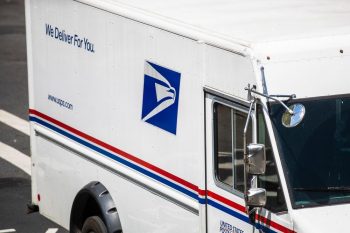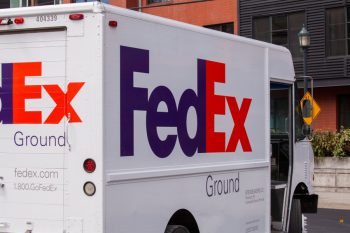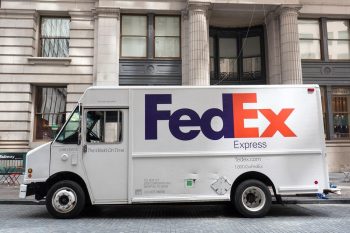
If your package from USPS was delayed due to “animal interference,” you’ve likely got questions. We’ve got answers.
Animal interference occurs when a mail carrier feels they’re in danger of an animal attack. The most likely culprit is dogs, who victimized 5,803 postal carriers in 2019, per the USPS website.
However, animal interference does not preclude other animals – a swarm of wasps, an escaped zoo animal, and other wildlife could also be to blame.
If your mail carrier cannot deliver your package because of animal interference, this is known as a “delivery exception.” There are many other possible delivery exceptions, which we will discuss in this article.
The main thing you’re probably wondering if your package wasn’t delivered is when it will get to you. So first, we’ll talk about when you can expect your package.
We will also discuss other steps you can take to ensure your parcel doesn’t receive the animal interference delivery exception the next time your postal carrier attempts a delivery.
Animal interference means your postal carrier could not deliver your letter or package because an animal blocked the path to the mail receptacle. We’ll review some best practices to avoid this from happening again and discuss other delivery exceptions that might keep your mail from reaching you.
What Are Delivery Exceptions?
Animal interference is an example of a delivery exception, and there are many different types of delivery exceptions.
Delivery exceptions are a drag because they mean that there is now a delay in your shipment. Usually, when a delivery exception occurs, the carrier will explain what happens – USPS does – but not all carriers offer this level of clarity.
Further examples of delivery exceptions include a delay due to inclement weather, problems with the package (it was damaged in transit, for example), or a problem with the package’s destination (a business that was closed, a receptacle that was too full to accept more parcels, or there was no one available to sign for the package, for example).
What Now?
If your package has been delayed, you’re probably concerned about what happens next and how soon you can get your parcel.
A few things can happen once your USPS package is delayed due to animal interference, which includes:
1. Late (but Successful) Delivery

If you take no action, USPS will attempt to deliver your package again the next day they are out for deliveries (mail is not delivered on Sundays, and the USPS is closed for Federal holidays).
If your delivery was delayed due to animal interference, consider being proactive.
If the animal in question was your dog, and your dog was left outside on a leash and barked at the postal carrier, bring your dog inside during the hours when your mail typically comes.
Was your unattended neighbor’s dog the culprit? Consider chatting with your neighbor, and kindly ask them to bring their dog inside when the mail is expected.
Perhaps the animal wasn’t a dog at all. If, for example, there is a beehive in or near your mail receptacle that prevented your mail delivery, take care of it.
Being proactive about animal nuisances will ensure your mail arrives on time.
2. Pick Up the Item at Your Local Post Office
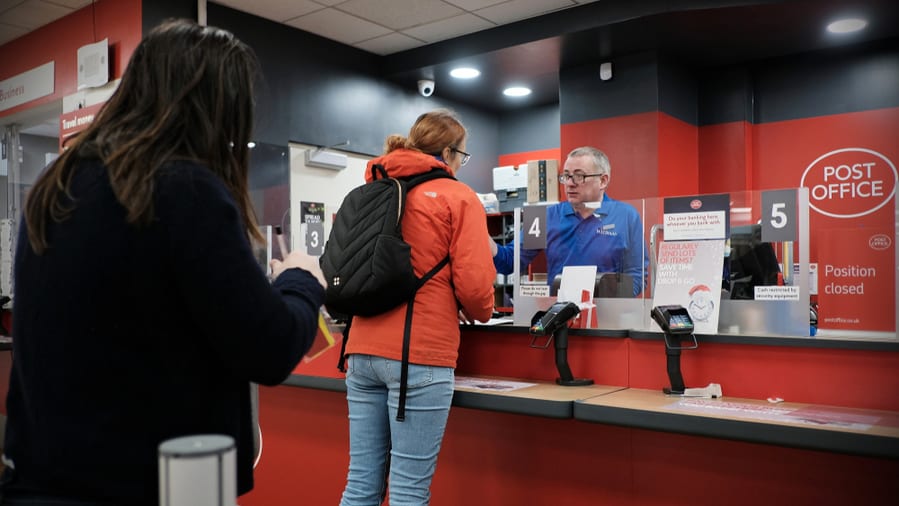
You may receive a notification from USPS alerting you that your parcel is available for pick up at your local office. If this is the case, head over there and grab your parcel.
3. Return to Sender
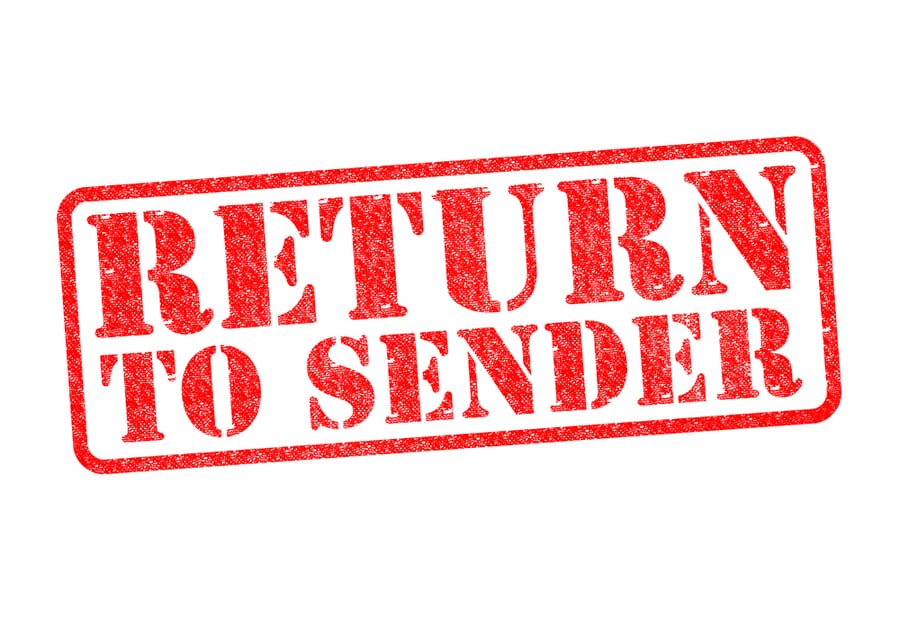
If USPS attempts multiple deliveries, but the mail carrier is barred by the animal(s) from delivering your letter or package, the item will be returned to the sender.
Again, this only happens after repeated failed deliveries. So do your part to ensure your postal carrier can safely reach your mailbox.
The USPS website will provide you with shipping updates for your packages. You’ll need to enter the unique tracking number to find out where your shipment is.
Other Types of Delivery Exceptions
While animal interference is the delivery exception you’re likely dealing with, there are several other reasons your postal carrier may have failed to deliver your package.
We’ll quickly examine different ways you might be separated from your package.
1. Missing, Unreadable, or Damaged Label
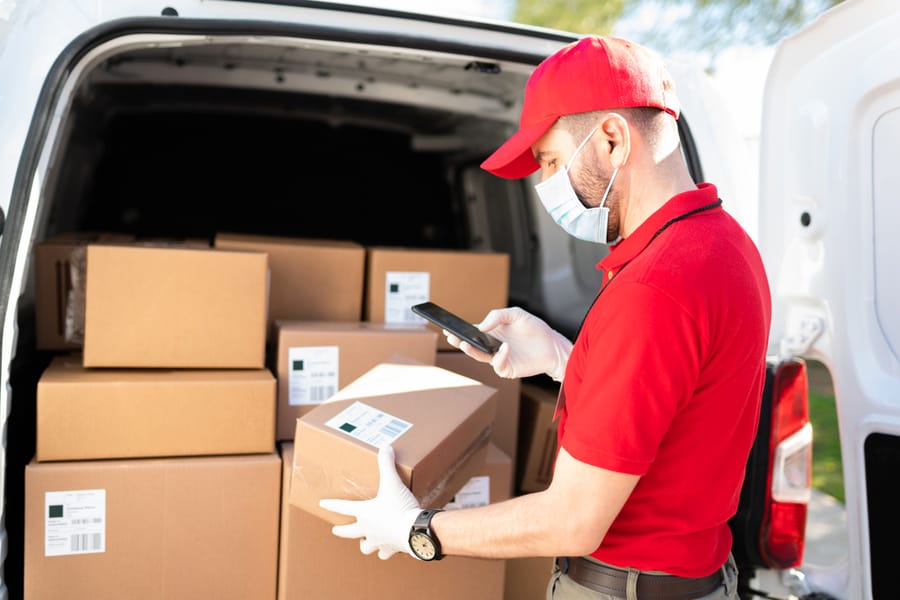
If USPS cannot glean sufficient information from the shipping label, they won’t be able to deliver the package.
There are an array of reasons the information is insufficient or damaged. For example, it’s possible the sender wrote out the wrong or incomplete information about the recipient.
If this is the case, USPS will typically return the package to the sender at no cost, and a new label can be created with the complete shipping information.
Another way the label can get damaged is during the shipping process. If USPS damaged the label during transit, the parcel could be delayed or returned to the sender at no cost.
2. Recipient Not Available To Receive the Package

Some packages require a signature upon delivery to verify that they made it into the intended hands. If no one is available to sign for the delivery, and a signature is required, USPS will not deliver the item and will attempt delivery the next time.
3. Inclement Weather
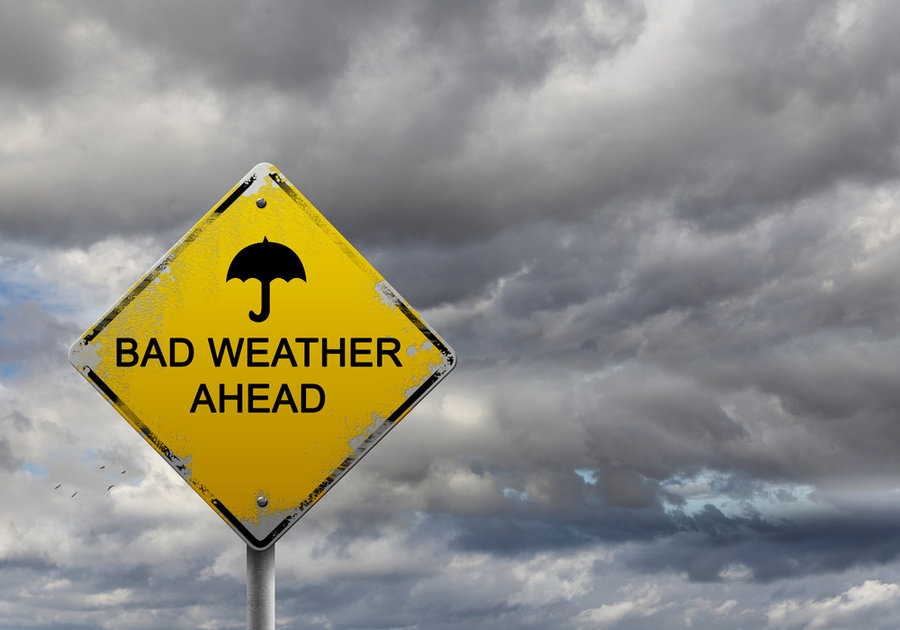
Weather happens, including bad weather. Although the USPS slogan includes, “neither snow nor rain nor heat nor gloom of night stays these couriers from the swift completion of their appointed rounds,” they are sometimes delayed.
The USPS distribution is an incredibly complicated machine involving planes, trucks, boats, humans, and machines. Planes get grounded during snowy or icy weather. Earthquakes can rumble and destroy highway systems, leading to delays.
There are multiple points in the shipping system where a parcel can be delayed. For example, a snowstorm in New York state can slow down a package that you’re expecting, even if it’s beautiful and sunny where you are.
4. Missing Documentation
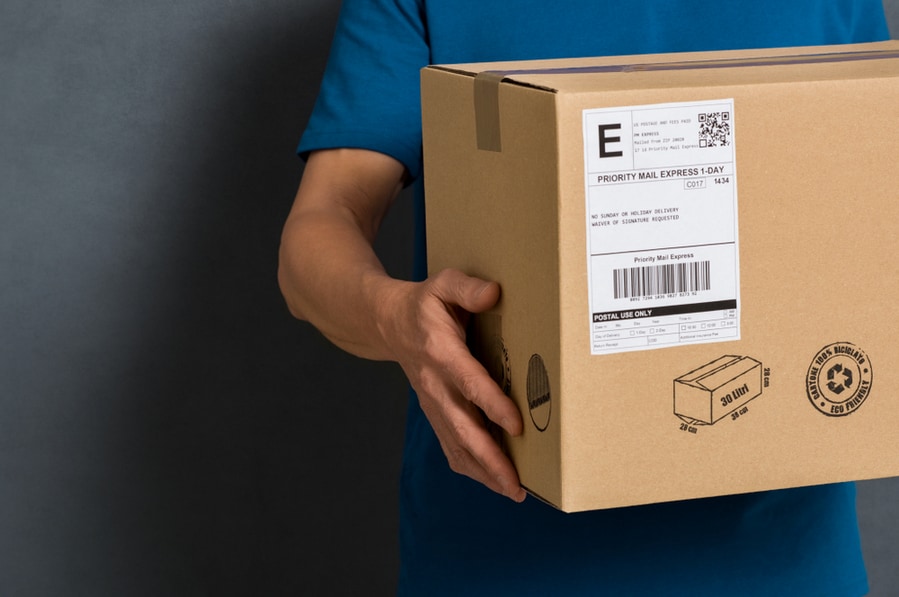
Documentation is not typical among domestic shipments, but if your item is being shipped internationally, missing documentation may cause a delay.
Items shipped internationally require a bevy of documents, and if any are missing, expect your package to be delayed.
5. Blocked Receptacle or Receptacle Full

Make sure your mailbox is empty. If it’s jammed full of previous mail, your postal carrier will have nowhere to place your new incoming mail. On the other hand, if your receptacle is full, you’ll likely receive a notification from USPS.
A blocked receptacle is one that a postal worker cannot physically access.
Perhaps, for example, a snowstorm hit your area, and you did not shovel the walkway to your mailbox. If the postal worker can’t get to your mailbox, they can’t deliver it.
Go to the USPS website, verify your identity, and have your mail held while on vacation. That way, your mailbox won’t get too full, and you won’t experience delays in your mail service.
6. Federal Holidays
The USPS does not operate during Federal holidays. Therefore, expect delays during holidays, and plan accordingly.
Get Your Package
Follow the steps in this article to get that package in your hands and return to your life. Remember, if your package did not reach you due to “animal interference,” assess the area leading to your mailbox and ensure there are no beehives.
If you have a dog that scared your mail carrier away, bring the dog inside or move it to another area when mail is being delivered.


